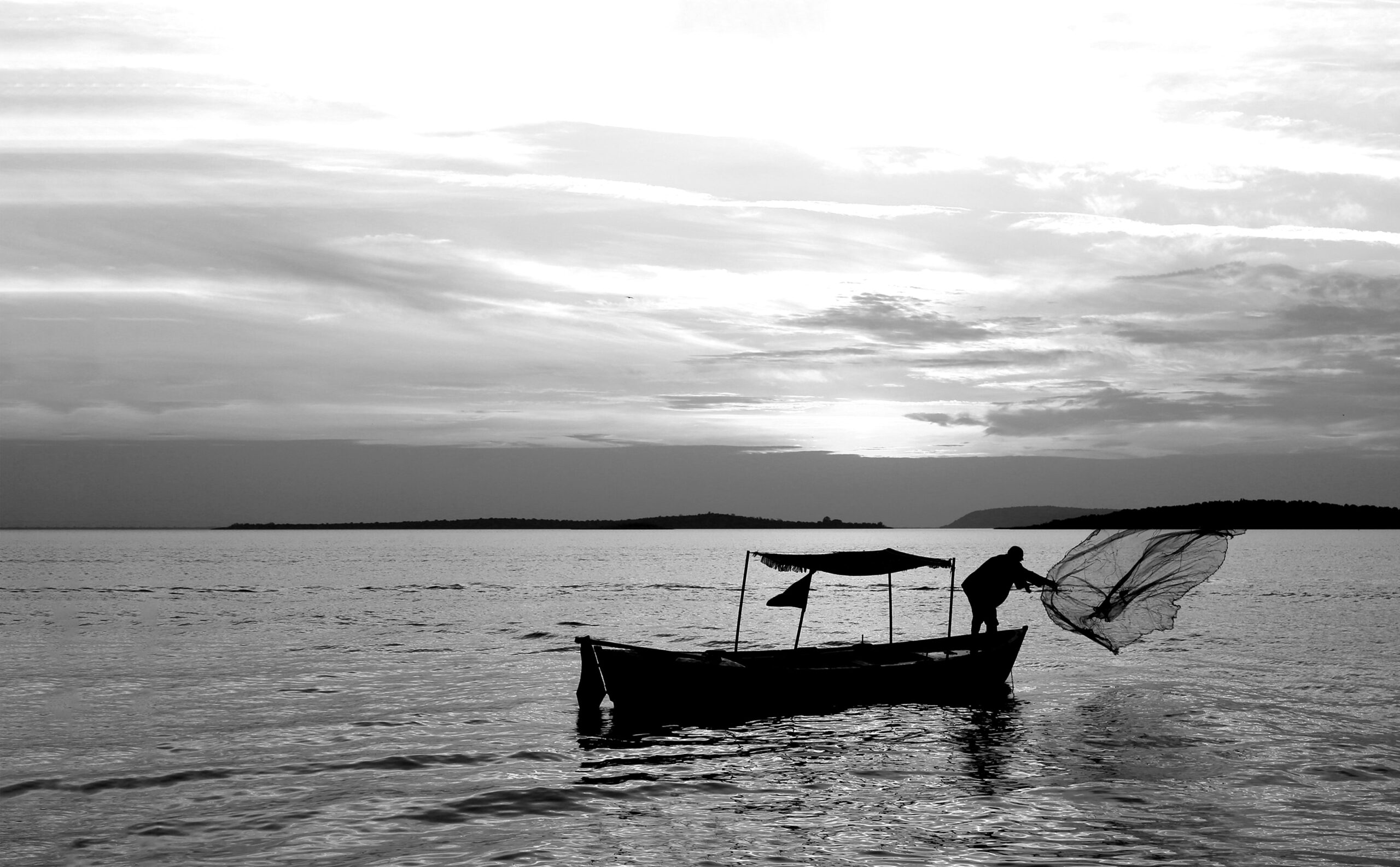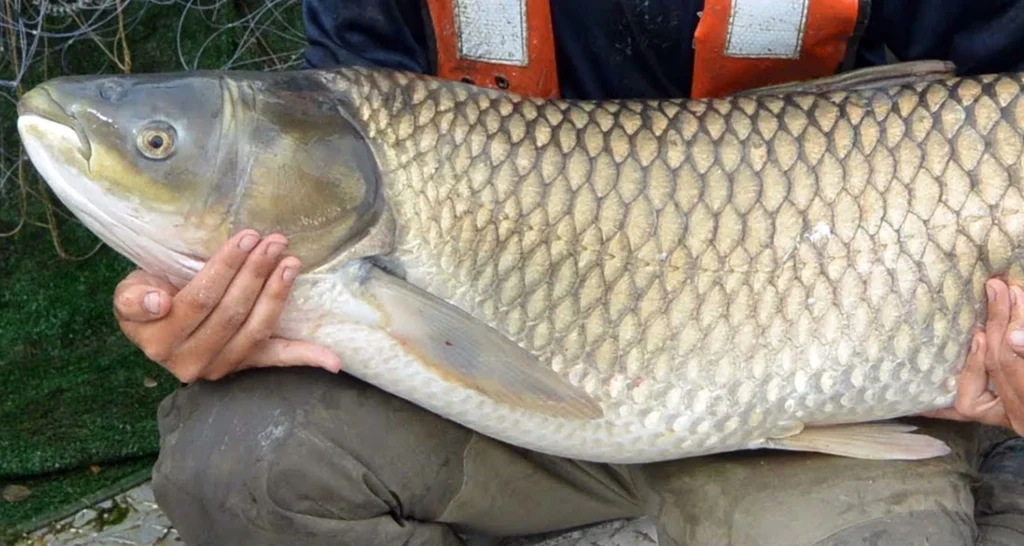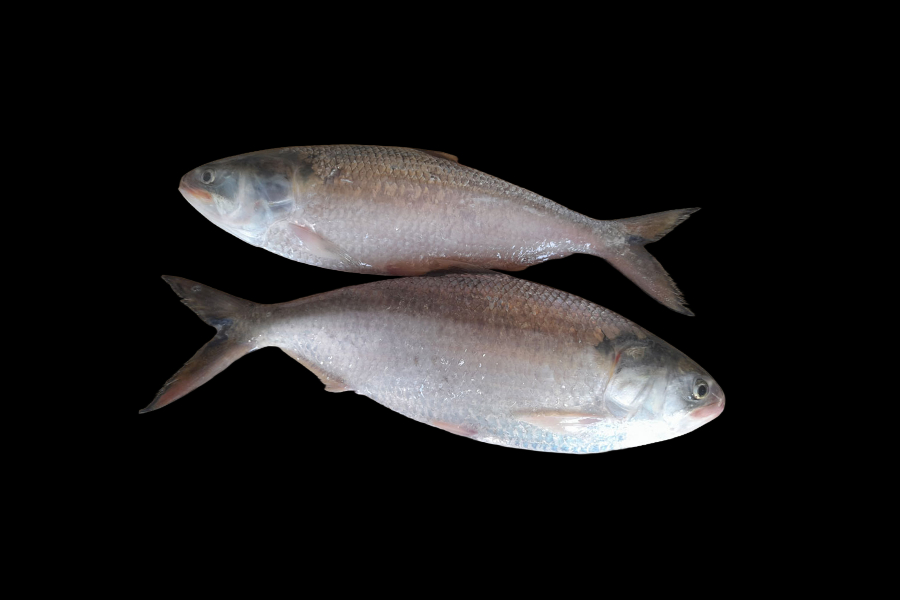How to Fish in a River
Fishing in a river requires specific techniques and preparation due to the varying depths, flow rates, and fish species found in different rivers. The approach for fishing in a river can differ depending on the conditions, but there are general strategies you can follow to improve your chances of a successful catch.
Preparing for River Fishing:
1. Fishing Rod:
- Choose a medium to long fishing rod that is sturdy enough to withstand river currents. A longer rod is more beneficial for controlling the line in flowing water.
- Guide Rings on the rod ensure smooth line movement, while the quick-release mechanism helps in changing hooks quickly during fishing.
- Select a rod that is designed for the type of fish you are targeting, such as a heavier rod for larger fish and a lighter one for smaller fish.
2. Fishing Line:
- The strength of the fishing line should be based on the size of the fish you’re targeting and the river’s conditions. Typically, a 10-15 lb test line works well for most freshwater species.
- A stronger line is necessary for larger fish, as it must handle their weight and the river’s current.
3. Hooks and Other Equipment:
- Choose hook sizes based on the species and their size. Smaller hooks are suitable for catching small fish like minnows, while larger hooks are needed for bigger fish such as bass or trout.
- Use a bobber or float to monitor the movement of the bait and to detect when fish bite. The float will rise or dip when a fish takes the bait.
4. Bait:
- Bait selection plays a crucial role in fishing success. You can use live bait such as worms, small fish, or shrimp, or artificial lures that mimic the movement of insects or small fish.
- Live bait is generally more effective in attracting fish as they naturally go after it, while artificial lures are often used for specific species or fishing styles.
Fishing Techniques in Rivers:
1. Float Fishing:
- In float fishing, a floating bait or hook is used. This method is effective in rivers with slow-moving waters, where the bait stays on the surface and fish can easily see it.
- The bobber indicates when a fish bites, as it will either sink or move erratically. This method is good for targeting species that feed on surface insects.
2. Bottom Fishing:
- In bottom fishing, a heavy weight is used to drop the bait to the riverbed. This method is ideal for catching fish that dwell at the bottom, such as carp, catfish, and large trout.
- The bait is placed near the riverbed, and when a fish bites, the line’s movement signals a catch. This method is commonly used in deeper sections of the river.
3. Spin Fishing:
- Spin fishing involves using an artificial lure that is cast into the river and retrieved to mimic the movement of prey. It is an effective technique in rivers with moderate to fast-moving currents.
- Fish are attracted by the movement of the lure and strike when it passes by, allowing you to catch them as you reel in.
4. Fly Fishing:
- Fly fishing is a specialized technique where an artificial fly is used to mimic the movement of small insects or aquatic organisms on the water’s surface. This method is most effective in calm, shallow parts of the river.
- It requires skill in casting and is often used to catch trout, salmon, or other fish that feed on insects or small aquatic life.
Choosing the Right Spot for River Fishing:
1. Deep Water:
- Fish often reside in deeper sections of the river where the water is slower, and they can find shelter. These areas provide a steady food source and protection from fast currents.
- Look for areas near bends, pools, or under rocks where fish are more likely to be found.
2. Bends and Vegetation:
- Fish prefer areas near river bends or vegetation because the current is gentler, providing a perfect environment for them to hide and feed.
- These spots can be rich in food sources, making them ideal locations for casting your bait.
3. Rocks and Waterfalls:
- Rocks and waterfalls create turbulence and can provide fish with plenty of food, such as small organisms carried by the current. These areas are great for targeting fish that prefer fast-moving water.
Best Times for River Fishing:
1. Early Morning and Late Evening:
- Fish are typically more active during early mornings and late evenings when the water temperature is cooler and the light is dimmer. These times are often the most productive for catching fish.
- Fish feed more aggressively during these times, so it’s a great opportunity for anglers.
2. Night Fishing:
- Some fish species are more active at night, but this requires special techniques. Night fishing is generally less effective for certain species, but with the right gear, it can be successful for species like catfish.
Caring for Your Catch:
- After catching fish, handle them carefully if you plan to release them back into the river. Gently remove the hook and release the fish back into the water to minimize harm.
- If you intend to keep the fish, ensure that it is stored properly by keeping it cool and fresh. Use ice or coolers to preserve the catch until it can be cleaned and prepared.
Conclusion:
Fishing in a river is a challenging yet rewarding experience that requires the right preparation, technique, and timing. By selecting the correct equipment, learning the various fishing methods, and understanding the river’s ecosystem, you can significantly increase your chances of success. Whether you’re targeting specific species or simply enjoying the tranquility of the river, mastering these techniques will improve your fishing skills.



